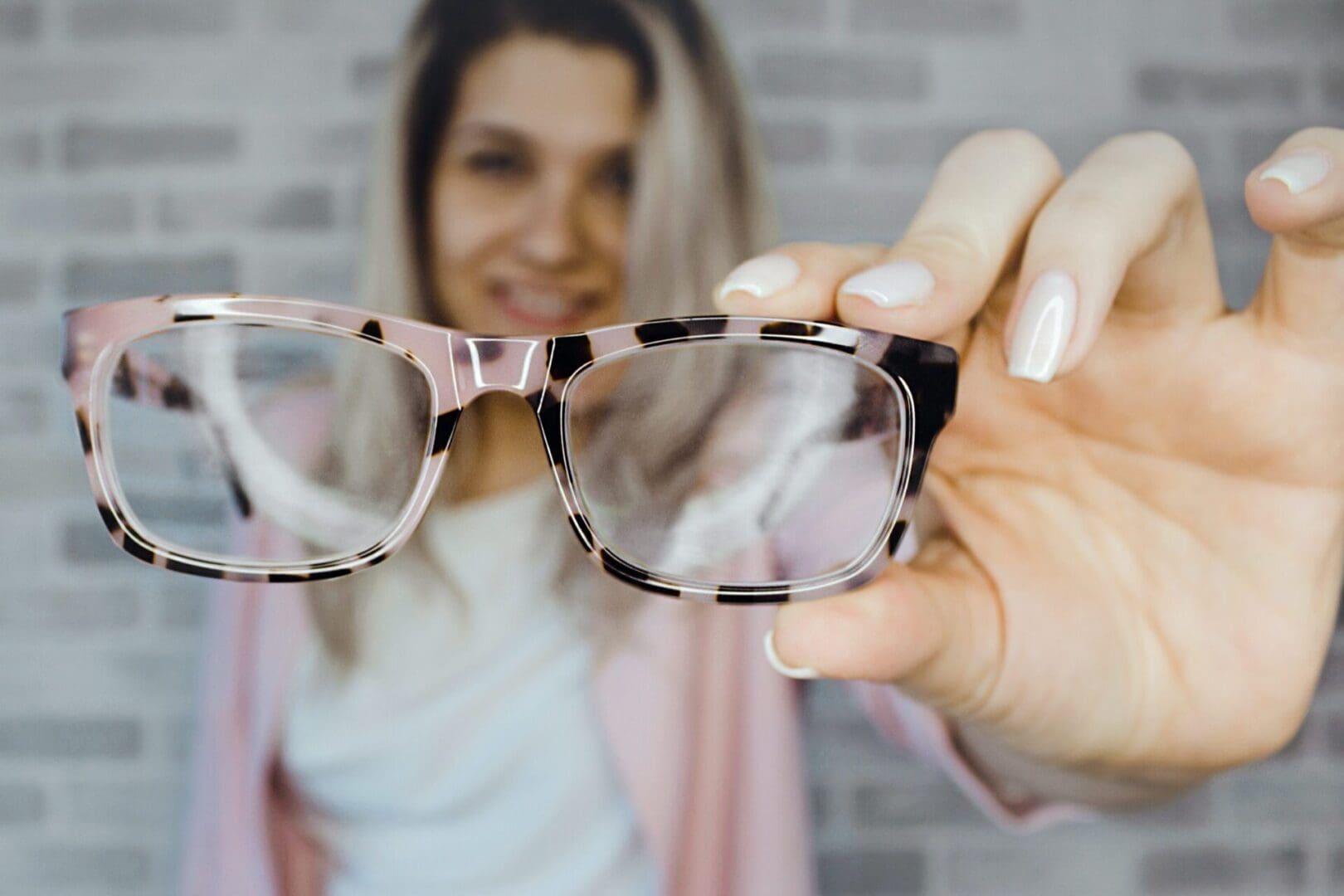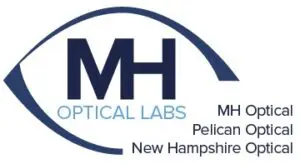Standard Operating Procedures for
Surfacing High or Difficult Rxs
What is a difficult Rx and how can MH Optical Labs achieve them?

- Jobs where the Frame Pupillary Distance (FPD) and the Patient Pupillary Distance
(PPD) are greater than 6mm per eye
First, the FPD* and the PPD should be noted. If the difference in decentration is more
than 12mm total*, then there will be excessive prism in the job causing difficulty in surfacing and poor cosmetics. In this situation, the customer should be contacted and the frame measurements should be questioned. If they are correct, the job should be switched to an IOT Lens design. An IOT Lens design will allow the decentration to be adjusted by the generator and it will minimize prism in the blocking process to achieve a better lens. This is correct for all Rx’s!
Note:(A+DBL=FPD) **(FPD-PPD=total decentration for both eyes)
Ex. A 52
B 38
ED 50
DBL 20
*52+20=72
**72-60=12 mm total decentration for both eyes, 6 mm in each eye - Jobs with a +8.00/-8.00 sphere power and/or -3.00 cylinder power
*Note: On progressives, take the ADD power and add it to the sphere. Ex. +2.00-
2.00×40 ADD +2.00 will turn into a +4.00-2.00×40, pick the base curve accordingly.
In most cases, jobs with these high Rxs should be a digital lens versus a traditional lens.
Digital lenses with a high Rx have:
– less breakage rates
– less wear and tear on the machines
– less manual involvement in the lab
produces a more aesthetically pleasing lens for the patient
What more could we ask for!
Different materials have different limits on Rx ranges. Staying within the following limits
help the success rate of the goals above. These limits includes:
CR-39 – Should not exceed +5.00/-5.00 sphere power and/or a -2.50 cylinder power. If
the customer would like CR-39 in a higher power it must be processed as an IOT
Lenticular (MH thinning) design. However, do not exceed a +8.00/-8.00 sphere power
and/or a -4.00 cylinder power.
Polycarbonate – Should not exceed +8.00/-8.00 sphere power and/or a -3.50 cylinder
power. If the customer would like polycarbonate in a higher power it must be processed as an IOT Lenticular (MH thinning) design. However, do not exceed +10.00/-10.00 sphere power and/or -5.00 cylinder.
High Index – Any job +8.00/-8.00 sphere power and/or -5.50 cylinder power can be done in high index (1.60, 1.67, 1.70 and 1.74). Anything exceeding +12.00/-12.00 sphere power and/or -5.50 cylinder power should be processed as an IOT Lenticular (MH thinning) design. Note that all ranges are the same for all high index materials.
- Prescribed Prism over 3 Diopters
Prescribed prism should not exceed 10 diopters total. Anything over will be sent out.
Jobs over 3 prism diopters total in each lens should be done as an IOT Digital Lens. The
IOT Digital Lens allows the prism to be half blocked and half generated, which avoids
breakage from a center dot that the generator leaves in these circumstances. Always
order an extra thick blank if needed for high prism jobs. Do not sacrifice the base curve
in order to get a thicker blank. - Wrap Frames with an Rx +3.00/-3.00 sphere power and/or -1.50 cylinder power
With these higher Rxs in wrap frames, it is important to remember that the lens is going
to be bigger, due to the frame size. This causes plus and minus lenses to come out
thicker. With Rxs over +3.00/-3.00 sphere power and/or -1.50 cylinder power, they
should be done as an IOT Lenticular (MH thinning sports wrap) design. Wrap frames
require high bases, which is not ideal, but needs to be picked to accommodate the wrap.
As a tip, always try and match the lens base curve to the frame base curve. Which leads
us to our next problem, when the frame base curve doesn’t match the lens base curve. - When the frame base curve does not match the lens base curve
We cannot control requested base curves on uncut jobs because we do not have the
frame in house, however, we can assume they are trying to match the frame base curve.
When we edge the job in house, we always try and honor requested base curves, but
when the Rx exceeds the base curve requested, we may have to recommend a different
option to the customer. A different option can include an IOT Lens design and/or base
curve change.
Let’s avoid jobs going around and around the lab due to breakage and do it right the first time! If
you have any questions please ask!
This content is restricted to site members. If you are an existing user, please log in. New users may register below.
